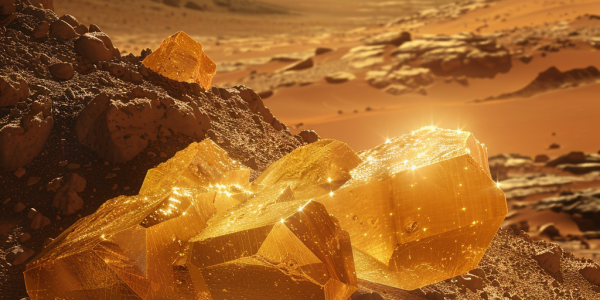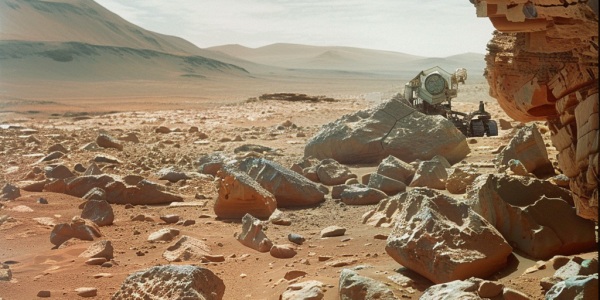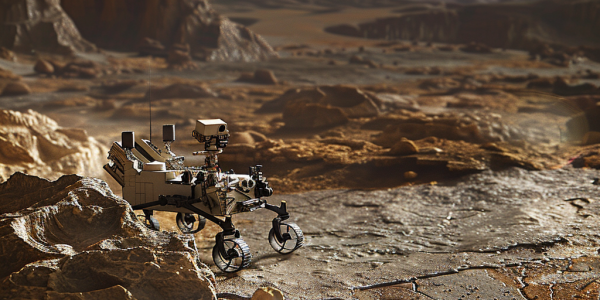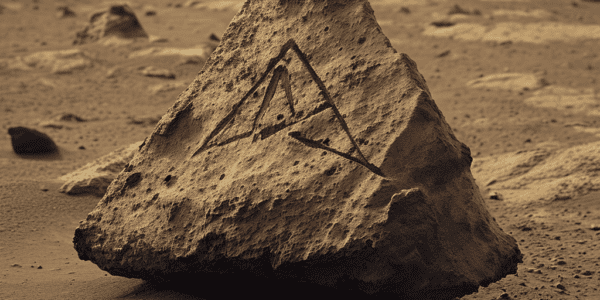Curiosity Rover Surpasses 4,400 Days on Mars Despite Wheel Damage
NASA’s Curiosity rover has been exploring Mars for over 4,400 days, uncovering remarkable geological formations and facing challenges from the harsh Martian terrain. Despite significant wear on its wheels, Curiosity continues to function effectively, offering insights into the planet’s history and potential for life. Recent discoveries, including a rock made entirely of pure sulfur, highlight the rover’s resilience and the ongoing quest for knowledge in space exploration.
Curiosity Rover Discovers Pure Sulfur on Mars, Unveiling Geological Mysteries
A groundbreaking discovery by NASA’s Curiosity rover on Mars has revealed bright yellow crystals of pure sulfur, marking the first identification of elemental sulfur on the Red Planet. This significant finding in the Gediz Vallis Channel raises intriguing questions about Mars’s geological history and potential past habitability. Scientists are eager to explore the implications of this discovery, as it may offer insights into the conditions that once existed on Mars and the possibility of life.
Marsquakes Could Reveal Hidden Water Source on Mars, Study Suggests
A team of scientists led by Penn State University believes that marsquakes could reveal the presence of underground liquid water on Mars. By listening to seismic activity on the red planet, researchers hope to detect hidden water sources deep below the surface. The study, published in the Journal of Geophysical Research: Planets, proposes using seismic waves to produce electromagnetic signals that indicate the presence of water miles below the surface. This innovative approach could revolutionize the search for water on Mars, offering valuable insights into current water reservoirs on the planet.
NASA’s Curiosity Rover Uncovers Evidence of Ancient Lake on Mars
NASA’s Curiosity rover explores Mars’ Gale Crater, discovering high concentrations of Manganese in rocks that may have formed in an ancient lake. Recent findings suggest a link to biological processes, raising questions about the planet’s history. Ongoing research aims to unravel Mars’ geological mysteries.
NASA’s Curiosity Rover Uncovers Mystery of Methane on Mars
NASA’s Curiosity rover has detected mysterious methane behavior on Mars, with levels spiking unexpectedly at night and fluctuating seasonally. Researchers propose that methane is trapped beneath a solidified salt crust, escaping when temperatures rise or the crust is cracked. Experiments using simulated Martian regolith support this theory. While the origin of Martian methane remains unknown, understanding its behavior is crucial for unraveling the planet’s geological and potentially biological history.
NASA’s Curiosity Rover Discovers Rock Resembling Star Trek Symbol on Mars
NASA’s Curiosity rover has made an intriguing discovery on Mars – a rock that bears a striking resemblance to the iconic delta-shaped Starfleet emblem from the popular sci-fi series, Star Trek. The long-running Curiosity, which has been exploring the Red…






